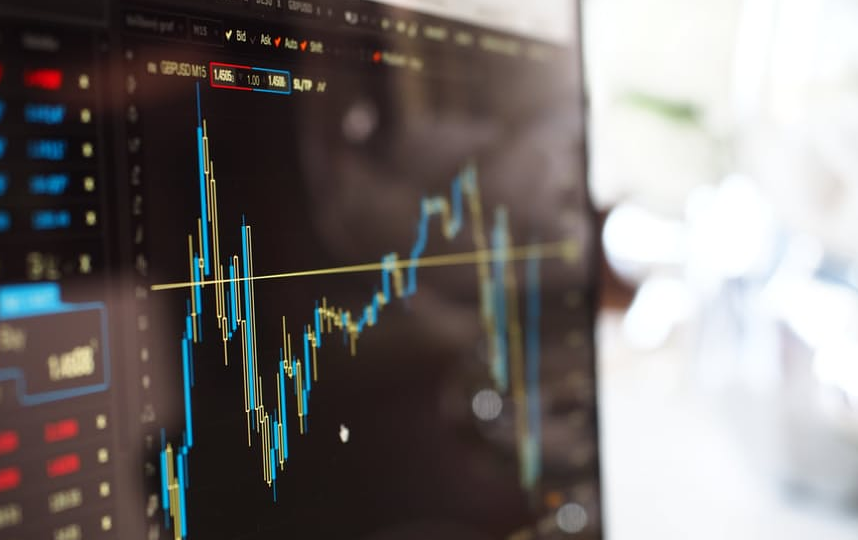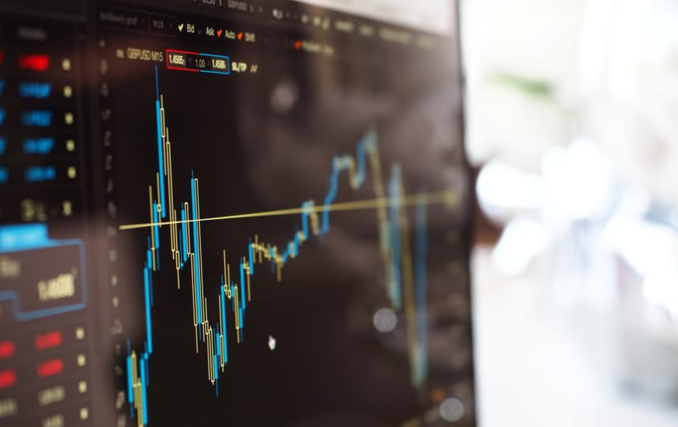The prices growth "is based on optimism about demand," says Caroline Bain, Chief Commodities Economist at Capital Economics. "Thus, we believe that the recent decline reflects some doubts about demand in China."
Bain predicts a price retreat to $ 45 per ton by the end of the year, which means a 48% decrease compared to Friday's prices. The last time such a price level was observed in February 2016.
Iron ore prices jumped in 2016 and continued to grow this year, triggered by steady demand from factories in China. This contributed to growth of mining companies’ shares, such as Rio Tinto Group and Vale. At the same time, banks, including JPMorgan Chase & Co., previously warned about potential drop in prices.
"China's economy will slow down this year, as the authorities are trying to curb credit growth," Bain said, adding that demand for steel in future will remain stable at best". "There is a room for further price declines. The combination of continued increases in supplies and moderate demand are corroborating our forecast".
Iron ore with an iron content of 62% has risen to $ 94.86 per dry ton, the highest price since August 2014. This week, prices fell by 5% to $ 86.72, dragging down shares of mining companies. So, shares of BHP fell by 6.6% in Sydney this week, the maximum rate since May.
Prices for iron ore are retreating amid a broader decline in commodity prices. At the same time, prices for base metals and oil fell amid renewed concerns over the excess supply. In addition, pressure on prices is exerted by strengthening of the dollar on expectations of an early increase in interest rates by the US Federal Reserve.
The world iron ore market depends on situation in China, which consumes about 2/3 of total amount of iron-ore production in the world (around 3.3 billion tons of annual production). In 2016, import of ore to the country grew by 7.5% to 1024 million tons with decline in domestic production by about 3% to 1,200 million tons. However, forecasts of lower steel smelting in the PRC did not materialize - the figure increased by 1.2% to 808.4 million tons in 2016.
This is not hindered even by a decrease in metal exports, which amounted to 3.5% (to 108.46 million tons). According to the US Geological Survey, it is compensated by domestic demand. Moreover, pressure of the global metallurgical lobby force Beijing to launch a large-scale program of sequestering steelmaking capacities. In 2016, it is closed for 80 million tons per year., it is planned to decommission at least 150 million tons of "annual" until 2020. In many respects, however, it concerns mini-factories working on scrap metal, and demand for ore will not change much.
The trend is expected to continue 2017: ore mining in China will not grow. On the other hand, consumption will be active due to state development programs and general tone of the national economy, which continues to grow rapidly (by 6.7% last year). Essentially, this means that the import will increase. Senior at Economist Westpac Banking Corp. (Australia) Justin Smirk forecasts growth of 2-3% to 1,050 million tons for 2017.
source: bloomberg.com
Bain predicts a price retreat to $ 45 per ton by the end of the year, which means a 48% decrease compared to Friday's prices. The last time such a price level was observed in February 2016.
Iron ore prices jumped in 2016 and continued to grow this year, triggered by steady demand from factories in China. This contributed to growth of mining companies’ shares, such as Rio Tinto Group and Vale. At the same time, banks, including JPMorgan Chase & Co., previously warned about potential drop in prices.
"China's economy will slow down this year, as the authorities are trying to curb credit growth," Bain said, adding that demand for steel in future will remain stable at best". "There is a room for further price declines. The combination of continued increases in supplies and moderate demand are corroborating our forecast".
Iron ore with an iron content of 62% has risen to $ 94.86 per dry ton, the highest price since August 2014. This week, prices fell by 5% to $ 86.72, dragging down shares of mining companies. So, shares of BHP fell by 6.6% in Sydney this week, the maximum rate since May.
Prices for iron ore are retreating amid a broader decline in commodity prices. At the same time, prices for base metals and oil fell amid renewed concerns over the excess supply. In addition, pressure on prices is exerted by strengthening of the dollar on expectations of an early increase in interest rates by the US Federal Reserve.
The world iron ore market depends on situation in China, which consumes about 2/3 of total amount of iron-ore production in the world (around 3.3 billion tons of annual production). In 2016, import of ore to the country grew by 7.5% to 1024 million tons with decline in domestic production by about 3% to 1,200 million tons. However, forecasts of lower steel smelting in the PRC did not materialize - the figure increased by 1.2% to 808.4 million tons in 2016.
This is not hindered even by a decrease in metal exports, which amounted to 3.5% (to 108.46 million tons). According to the US Geological Survey, it is compensated by domestic demand. Moreover, pressure of the global metallurgical lobby force Beijing to launch a large-scale program of sequestering steelmaking capacities. In 2016, it is closed for 80 million tons per year., it is planned to decommission at least 150 million tons of "annual" until 2020. In many respects, however, it concerns mini-factories working on scrap metal, and demand for ore will not change much.
The trend is expected to continue 2017: ore mining in China will not grow. On the other hand, consumption will be active due to state development programs and general tone of the national economy, which continues to grow rapidly (by 6.7% last year). Essentially, this means that the import will increase. Senior at Economist Westpac Banking Corp. (Australia) Justin Smirk forecasts growth of 2-3% to 1,050 million tons for 2017.
source: bloomberg.com



















